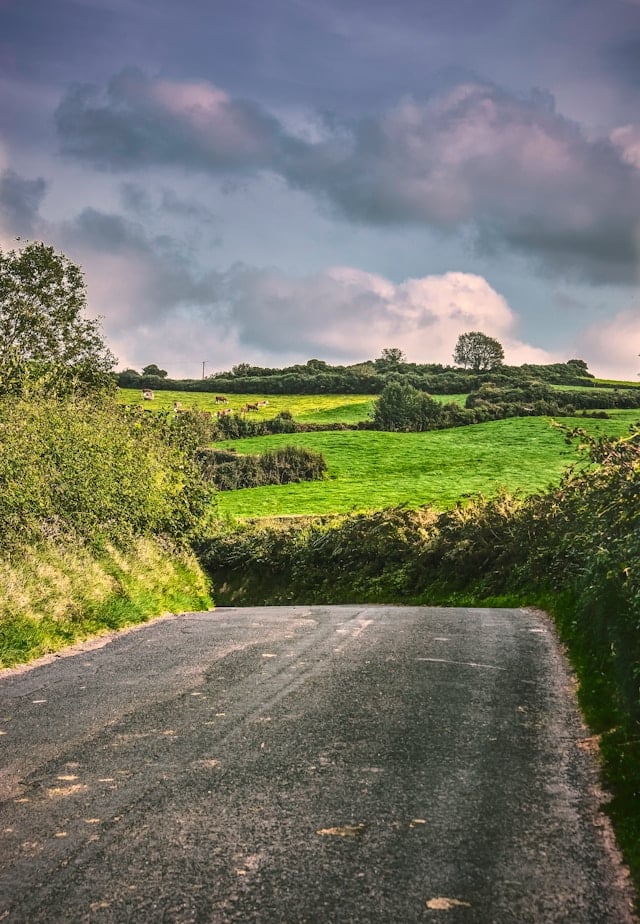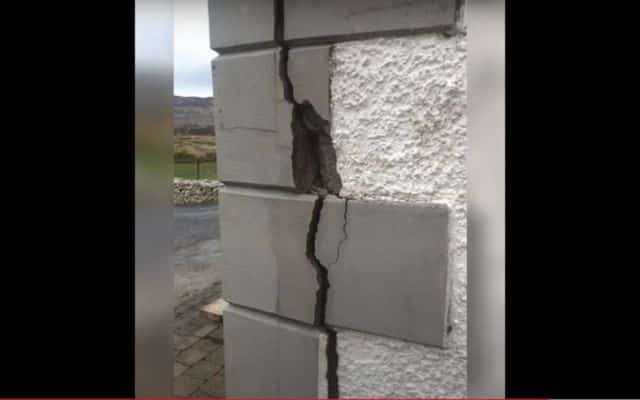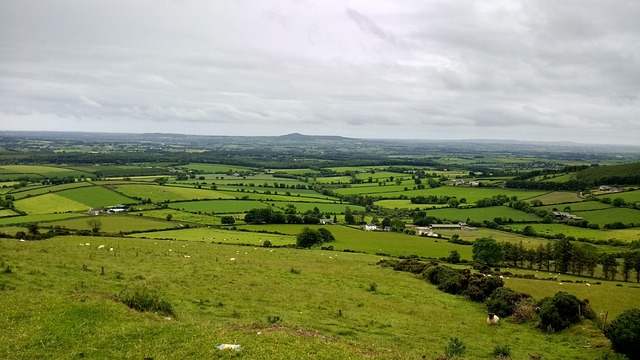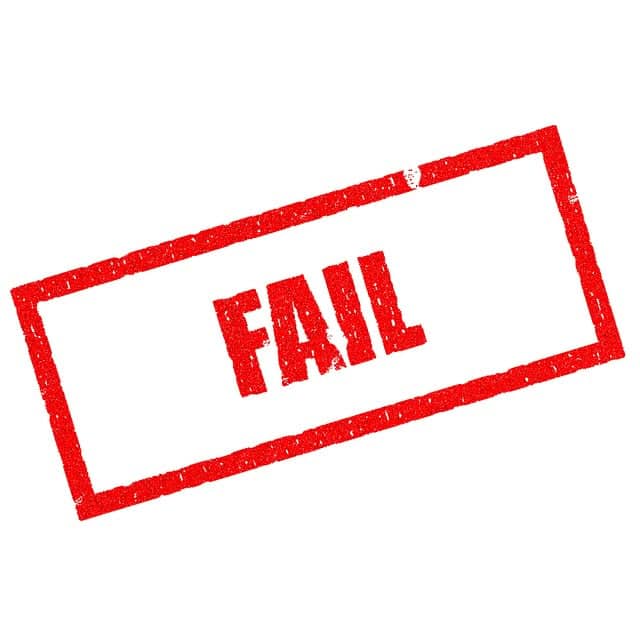Funding for repairs and improvement works on rural laneways in ROI is being increased, eligibility criteria loosened.
In this article we cover:
- Who’s eligible and what roads qualify
- How much landowners have to pay
- Funding packages by county
The €40 million spending packet represents the highest ever allocation for the Local Improvement Scheme (LIS), announced Minister for Rural and Community Development, Heather Humphreys on April 23rd 2024.

To qualify, homeowners must provide one valid herd number. “Up to now, two herd numbers were required to be using the lane. I am making this change in response to feedback I have received from local representatives and it will ensure that more families can now qualify for the scheme,” said Minister Humphries.
“I am also aware that Local Authorities need to carry out LIS works when weather conditions are favourable. In recognition of this and in order to help local authorities better plan their work programmes, I am providing greater flexibility so that Local Authorities can use their allocation throughout 2024 and 2025.”
Islands have their own funding ringfenced as well.
The funding provided by the Department of Rural and Community Development is complemented by a local financial contribution from landowners/householders, as well as local authority resources.
Homeowner contribution
The maximum amount that any household/landowner is required to contribute is capped at €1,200.
But it can be less: a household on the lane will contribute 10 per cent of the estimated cost if there are five households/landowners or less, or 15 per cent if there are six or more.
Local authorities are responsible for identifying and prioritising roads for improvement works under the scheme, in consultation with residents/landowners.
Eligible Roads
The allocation of funds is for works to be carried out across 2024 and 2025 on roads not normally maintained by the local authorities. To qualify, the road must meet one of three scenarios.
1/ The non public road has to provide access to parcels of land of which at least two are owned or occupied by different persons, one of which must be for agricultural/harvesting purposes.
2/ The non public road must provide access for agricultural / harvesting purposes (including turf or seaweed) for two or more persons.
3/ The non public road leads to important community amenities such as graveyards, beaches, piers, mountains, etc.
Roads that lead to commercial enterprises are not eligible.
This announcement brings to a total of almost €170 million that has been allocated to local authorities under the Scheme since it was reintroduced in 2017.
The funding is part of the government’s Our Rural Future policy for rural Ireland for the period 2021-2025. The policy aims to revitalise rural Ireland with a more strategic, ambitious and holistic approach to investing in and maximising opportunities for rural areas.
Government allocation by county
| County | Allocation 2024/2025 | Islands allocation 2024/25 |
| Carlow | €938,444 | |
| Cavan | €1,209,560 | |
| Clare | €2,079,722 | |
| Cork | €2,588,444 | €280,000 |
| Donegal | €2,588,444 | €200,000 |
| Galway | €2,588,444 | €500,000 |
| Kerry | €2,569,237 | |
| Kildare | €1,074,515 | |
| Kilkenny | €1,304,899 | |
| Laois | €1,106,270 | |
| Leitrim | €966,074 | |
| Limerick | €1,689,216 | |
| Longford | €938,444 | |
| Louth | €938,444 | |
| Mayo | €2,554,159 | €100,000 |
| Meath | €1,325,559 | |
| Monaghan | €938,444 | |
| Offaly | €1,264,386 | |
| Roscommon | €1,541,106 | |
| Sligo | €1,172,667 | €20,000 |
| Tipperary | €2,517,026 | |
| Waterford | €1,183,358 | |
| Westmeath | €1,173,793 | |
| Wexford | €1,470,330 | |
| Wicklow | €1,279,015 | |
| Total | €39,000,000 | €1,100,000 |
| Overall Total | €40,100,000 | |











